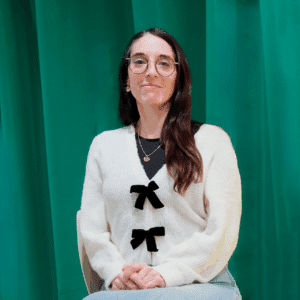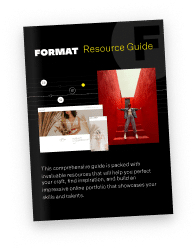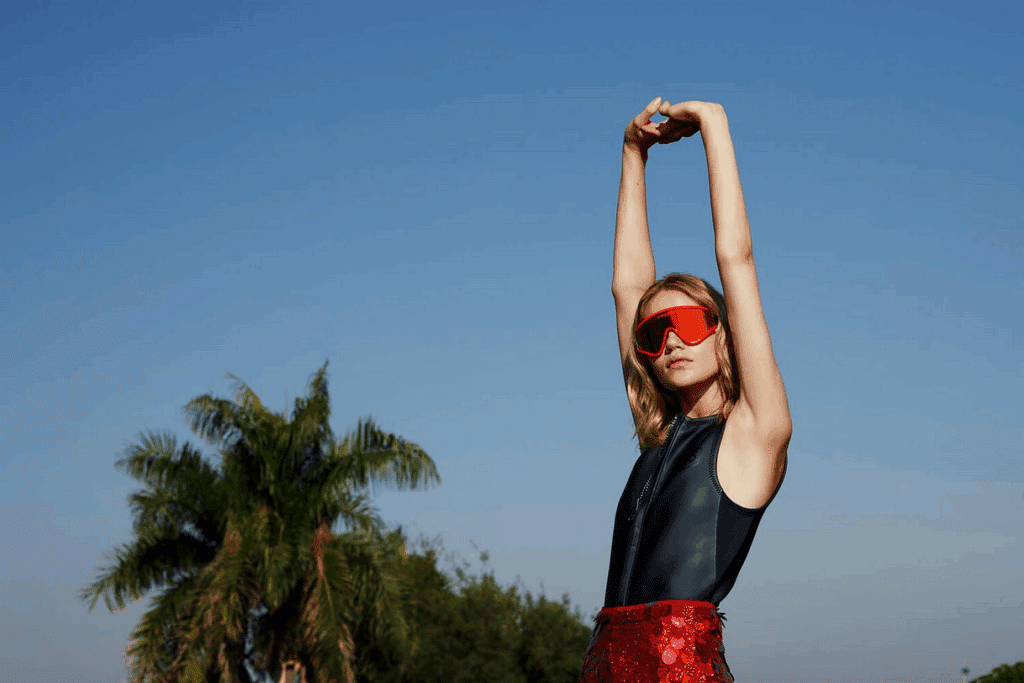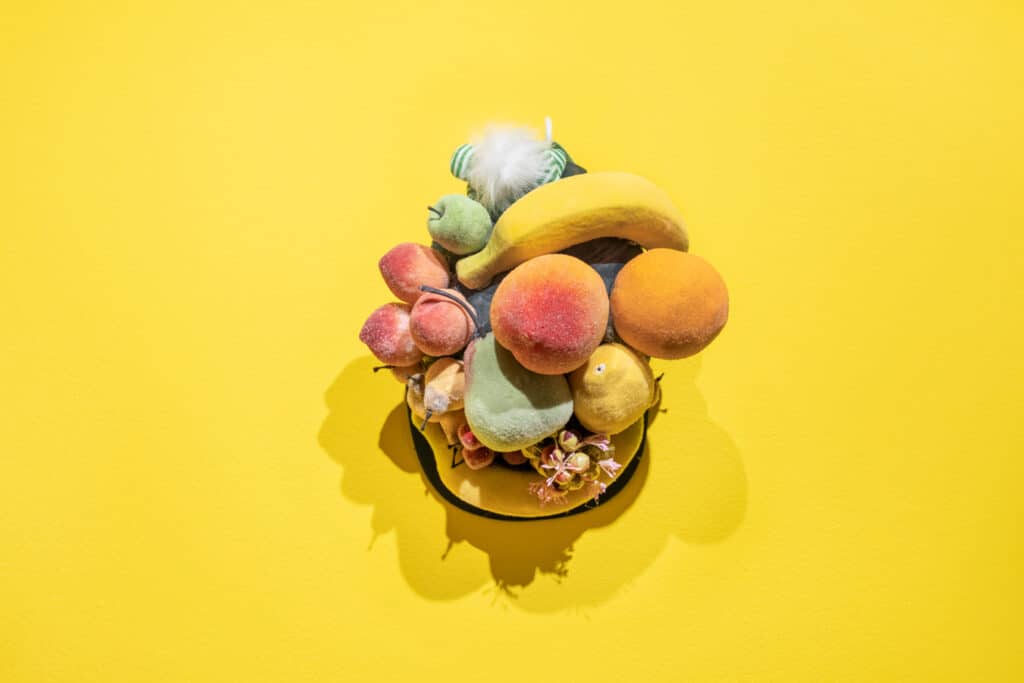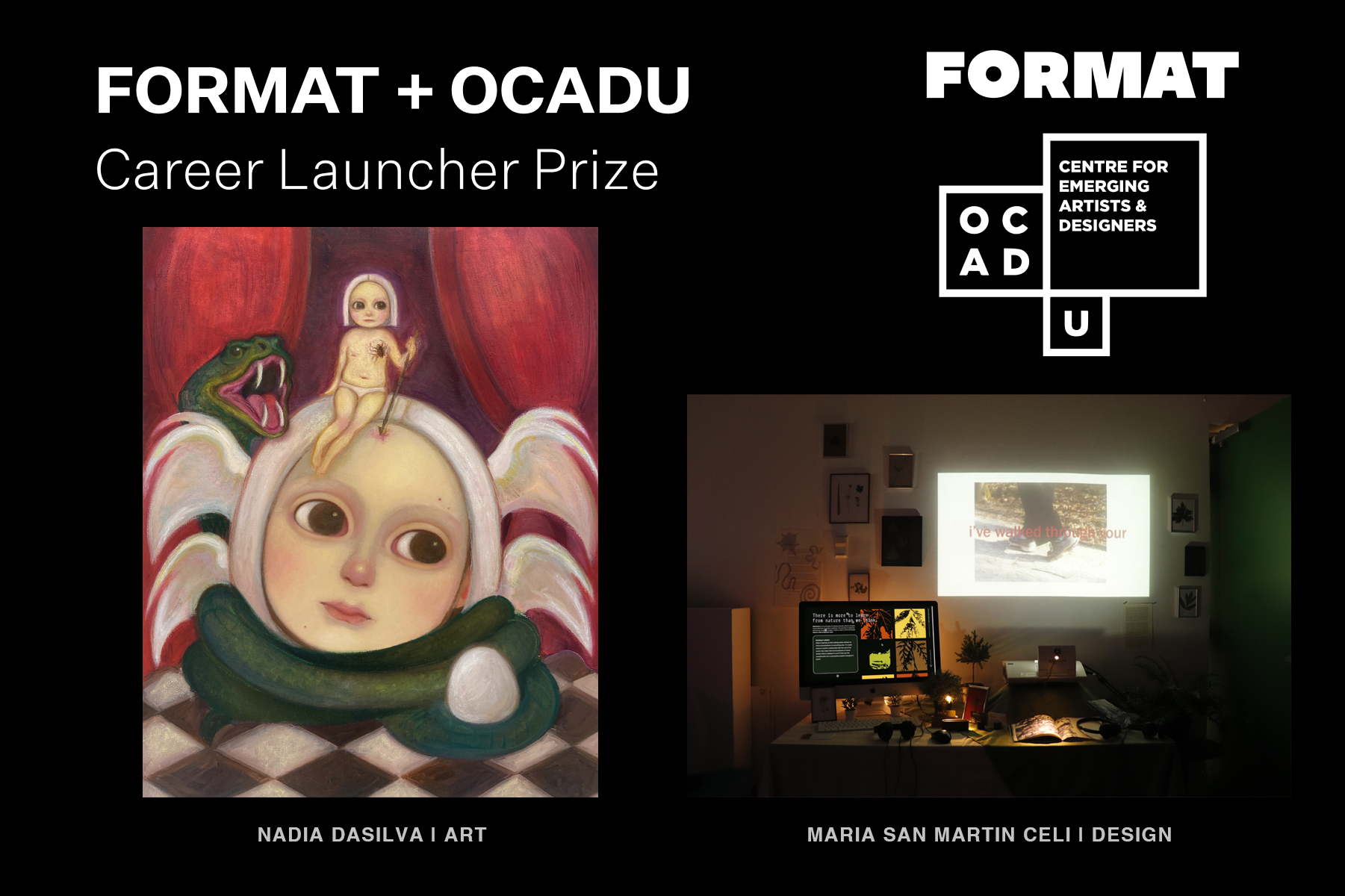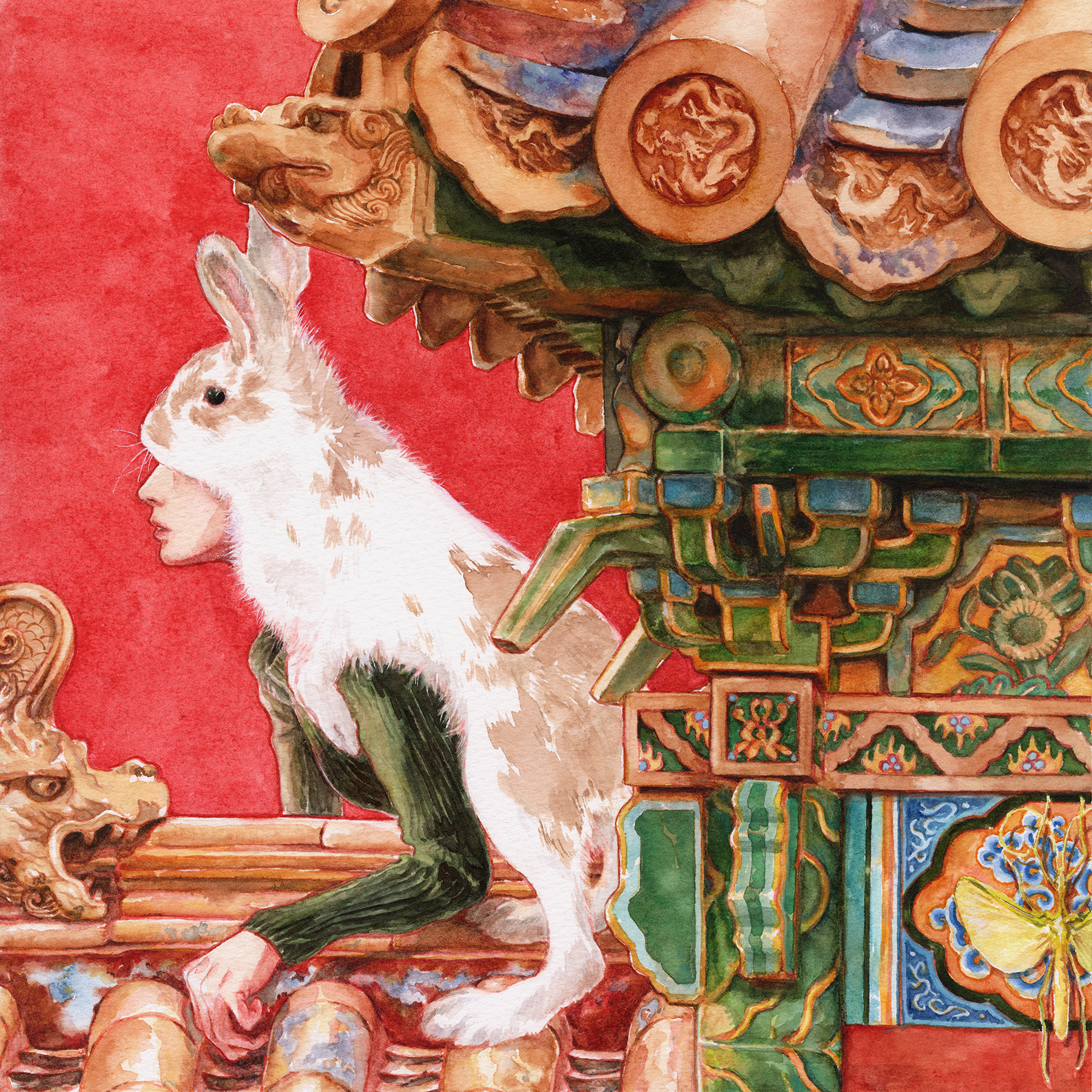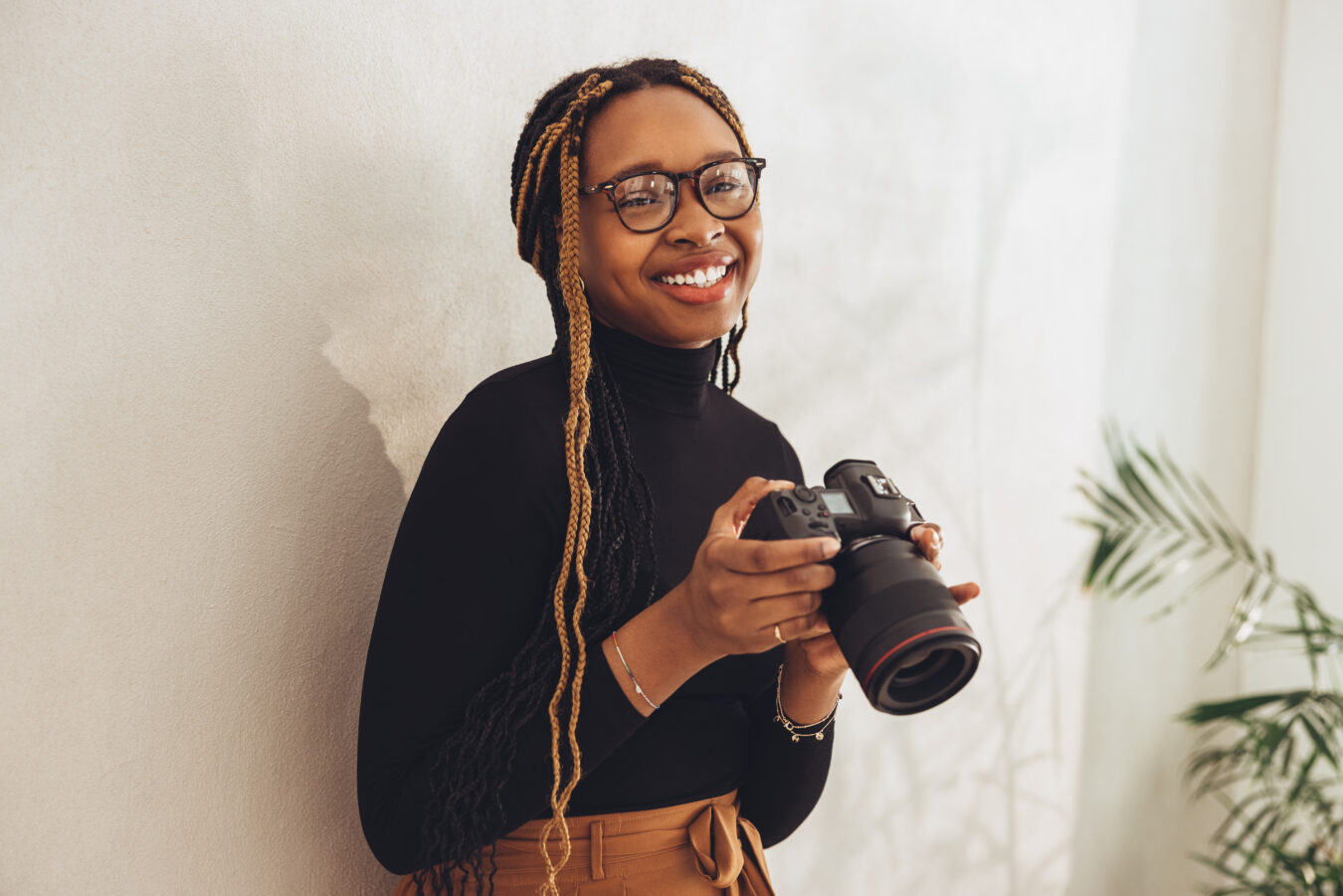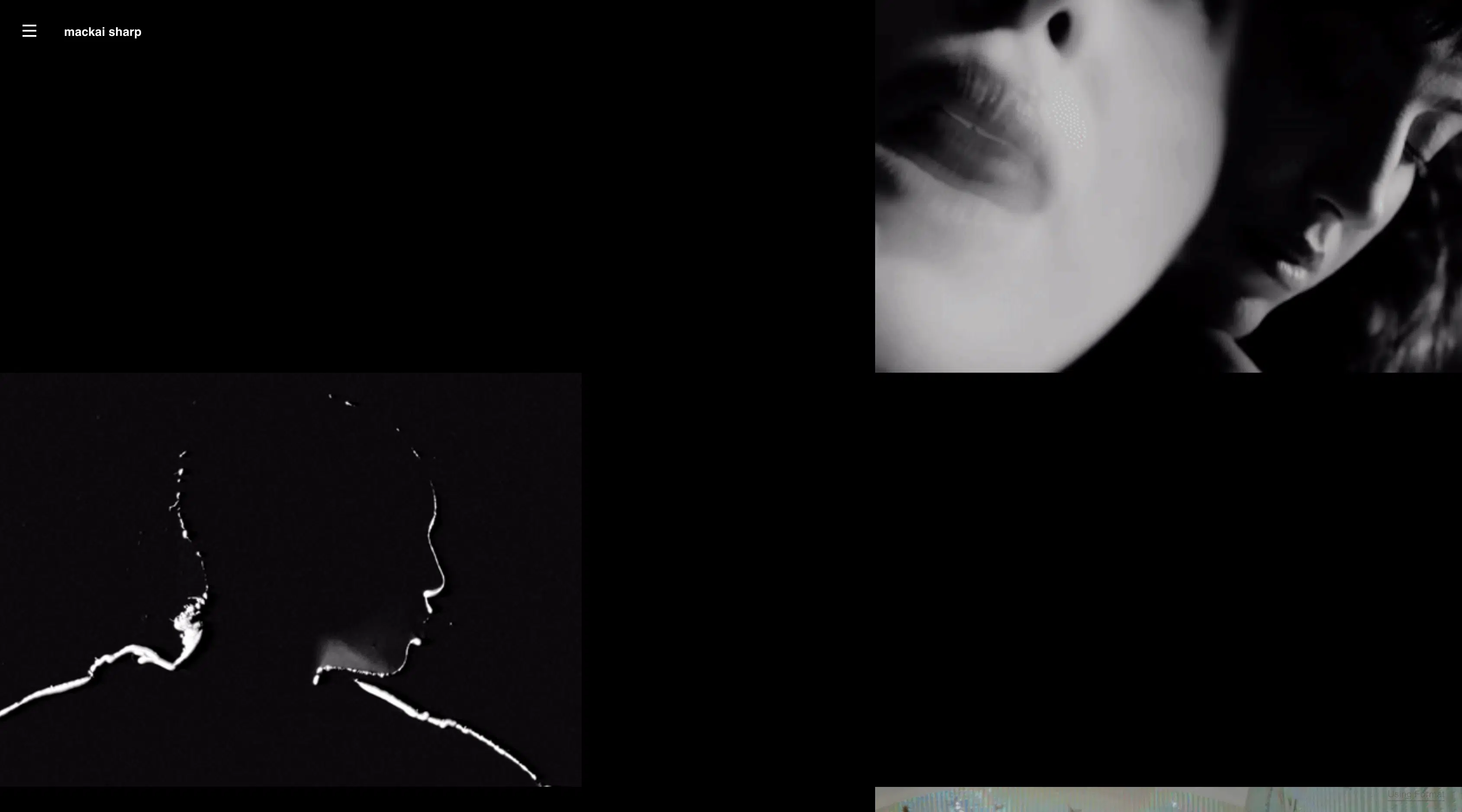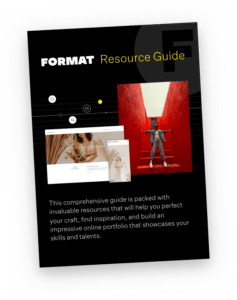Discover Gallery 44: Toronto’s Hub for Contemporary Photography
Connect With Your Community
Level up your brand with a professional portfolio website.
Can you describe the facilities and the mandate of the organization?
Gallery 44 is a centre for contemporary photography. We are a nonprofit, non-commercial gallery and production studio. We’re an artist-run centre founded in 1979 and our mandate is to support photographic and image based practices through exhibitions, educational programing and supporting artistic practice.
For those who aren’t familiar with the system, can you describe what it means to be an artist-run centre?
Artist-run centres are something of a unique model in the Canadian arts ecosystem. They emerged in the late 1960s/early 70s, as a network across Canada. Centres that were forged by artists, for artists. Gallery 44, in particular, was founded by a group of photographers who were recent graduates looking for an opportunity to share studio space, and made a darkroom together. Eventually, they grew their collective into an organizational model that is very much reflective of what we are today.
Gallery 44 is fairly rare. Where some artist-run centres focus solely on exhibitions, and others emphasize production, Gallery 44 upholds our production, exhibitions, and educational mandates equally. The artist-run network continues to thrive and grow. Now, we still see a great mix of organizations that have been around for 40 to 50 years, as well as more emerging, DIY-spaces opening up year after year.
Can you talk about where the funding for the centre comes from?
Funding for Gallery 44, and for artist centres in general, typically comes from a mix of membership dues and revenues, as well as public funding from various levels of government.
Gallery 44 receives funding from all three arts councils: the Ontario Arts Council, the Canada Council for the Arts and the Toronto Arts Council. On top of that, we generate our own revenues through activities like educational programming and fundraising, but also, through membership dues and through our members paying fees for use of our production studio.
We try to keep those [membership fee] rates as affordable as possible because we are mandated to support artistic practice. And, to do that in a way that’s accessible and improves artists ability to make work in a city like Toronto. So, for example, members pay an annual fee to join. And then they also pay per-use fees for darkrooms, scanning, digital printing services, or equipment rentals, and all of those revenues together support our costs like rent, maintenance, repairs and new equipment, operating on a break-even model.
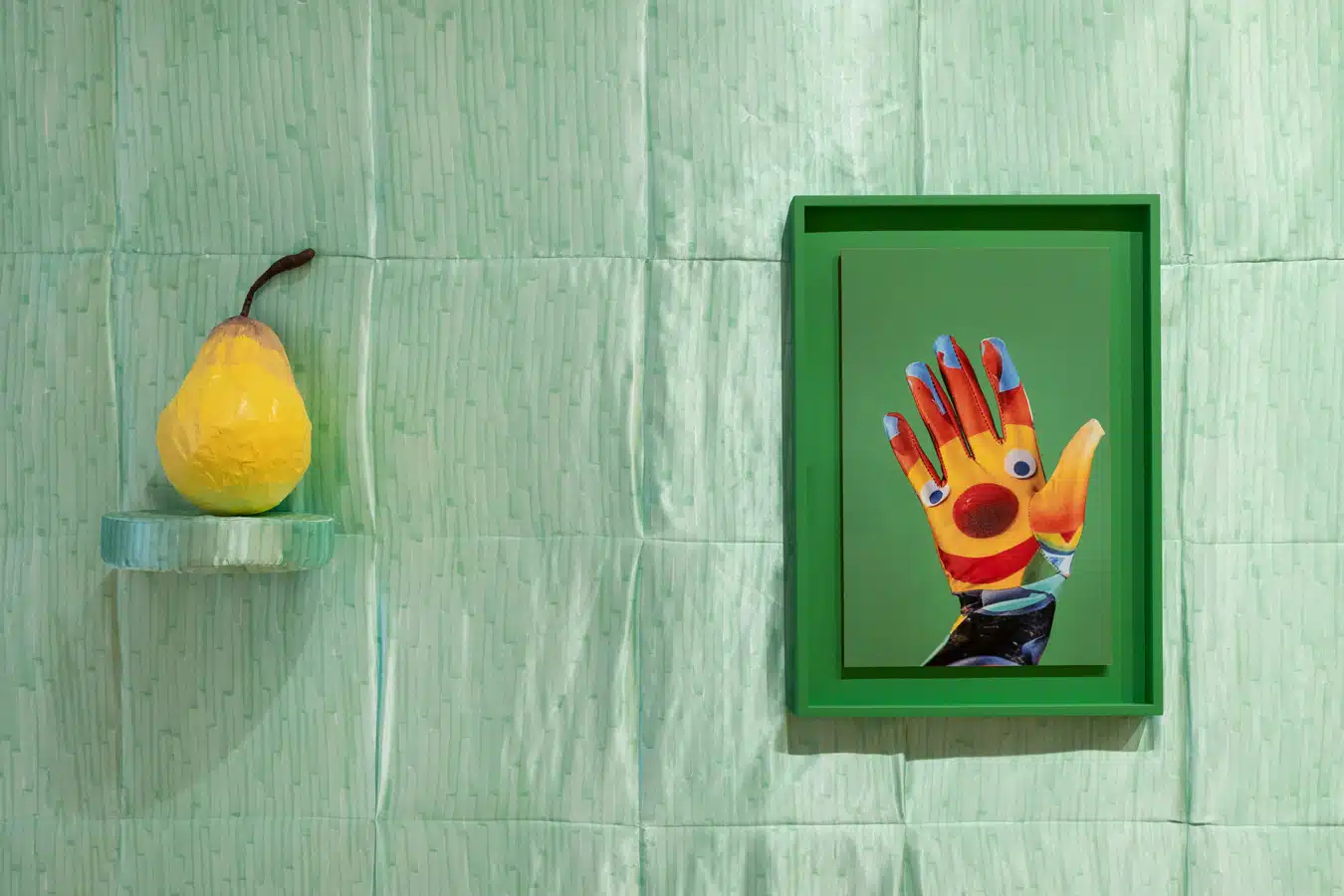
You spoke about education. Do you offer courses through Gallery 44?
Yes. Gallery 44 has a really robust educational program that includes workshops for youth and adult learners on a huge array of topics. Courses range from the more conceptual–developing artistic ideas and research–into more technical analog and digital processes. We often work with artists in our exhibition program. They may come as a guest workshop instructor and then teach a process that relates back to the artwork that’s on view in the gallery. It’s a great way for artists to learn from artists, to engage in skill-sharing opportunities, to learn hands on from folks working in the field, and to nurture each other’s practices.
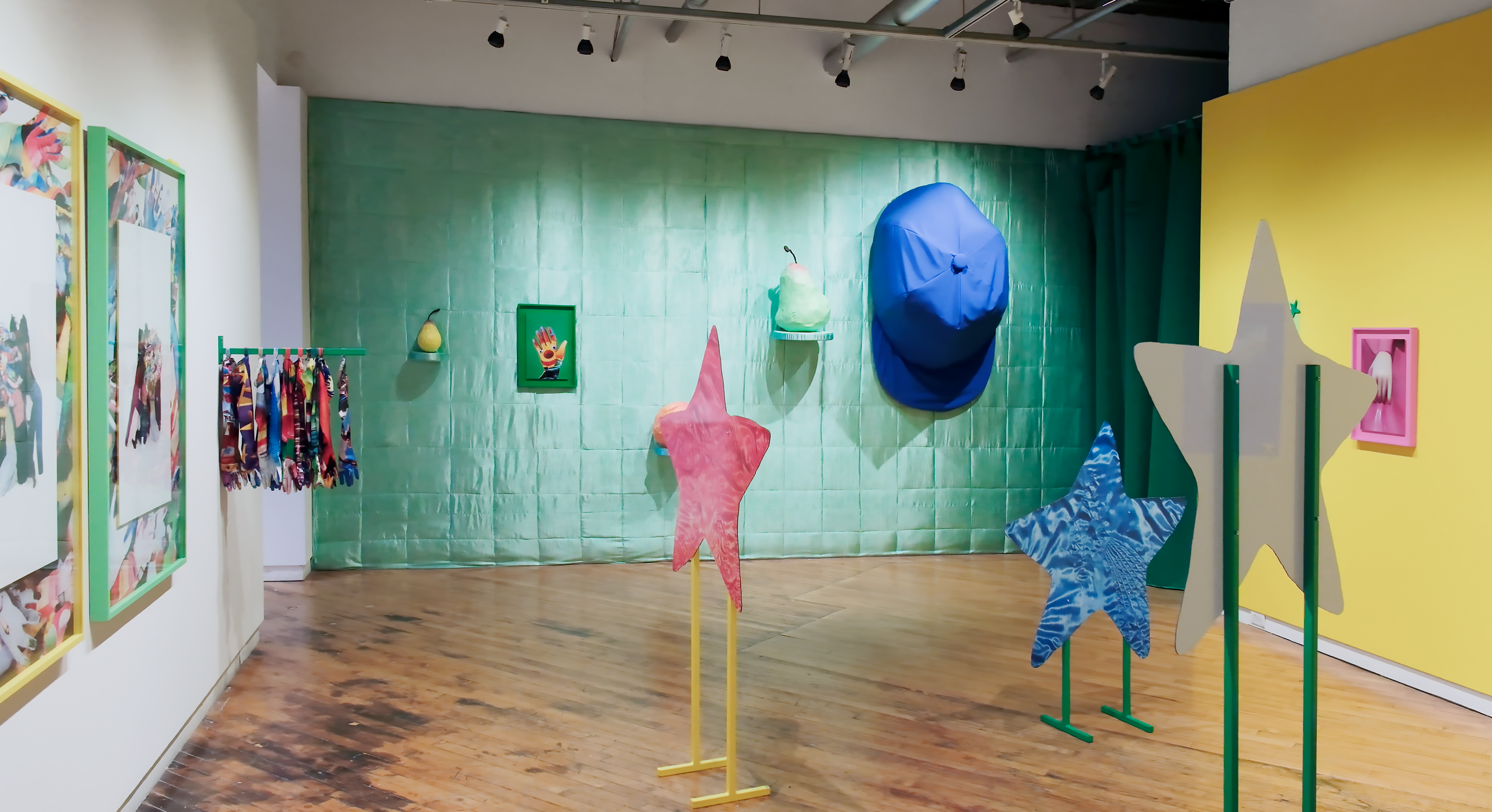
Gallery 44 works on a membership model. What does that look like? What does an artist have to do to become a member?
Our membership right now is composed of about 535 photographers or photo-based artists, many of whom have been members for a very long time.
An artist can apply to participate in what we call a ‘new member orientation’. This is a chance for prospective members to come learn about the centre, our facilities and equipment, what the expectations are of membership, what they would have access to, what the benefits would be.
They get to have a sense of whether or not it’s something they’re interested in. It’s also an opportunity for them to share their work with other applicants. And then they decide whether or not to join as a new member.
Member access to the facilities is very much self-service. New members are required to participate in different orientations to our facilities and equipment. Once that confidence is gained, they book time to work independently in our space.
There are also many social and communal activities that happen amongst the membership. We have meet-ups every other month where members can come together, share their work, and get feedback. We also do folio forums where members have an opportunity for portfolio reviews with various arts professionals or artists in the community that we bring in as invited guests. And then there are more social events, like we have printing parties every so often, and an analogue social, or members can come together casually as a group in the darkroom, and share skills.
It’s really a joint focus on access to the studio for individual practices, to develop bodies of work, but doing so in an environment that’s about community, that’s about bringing people together in something of a third space, where they can workshop ideas, share knowledge, and support one another.
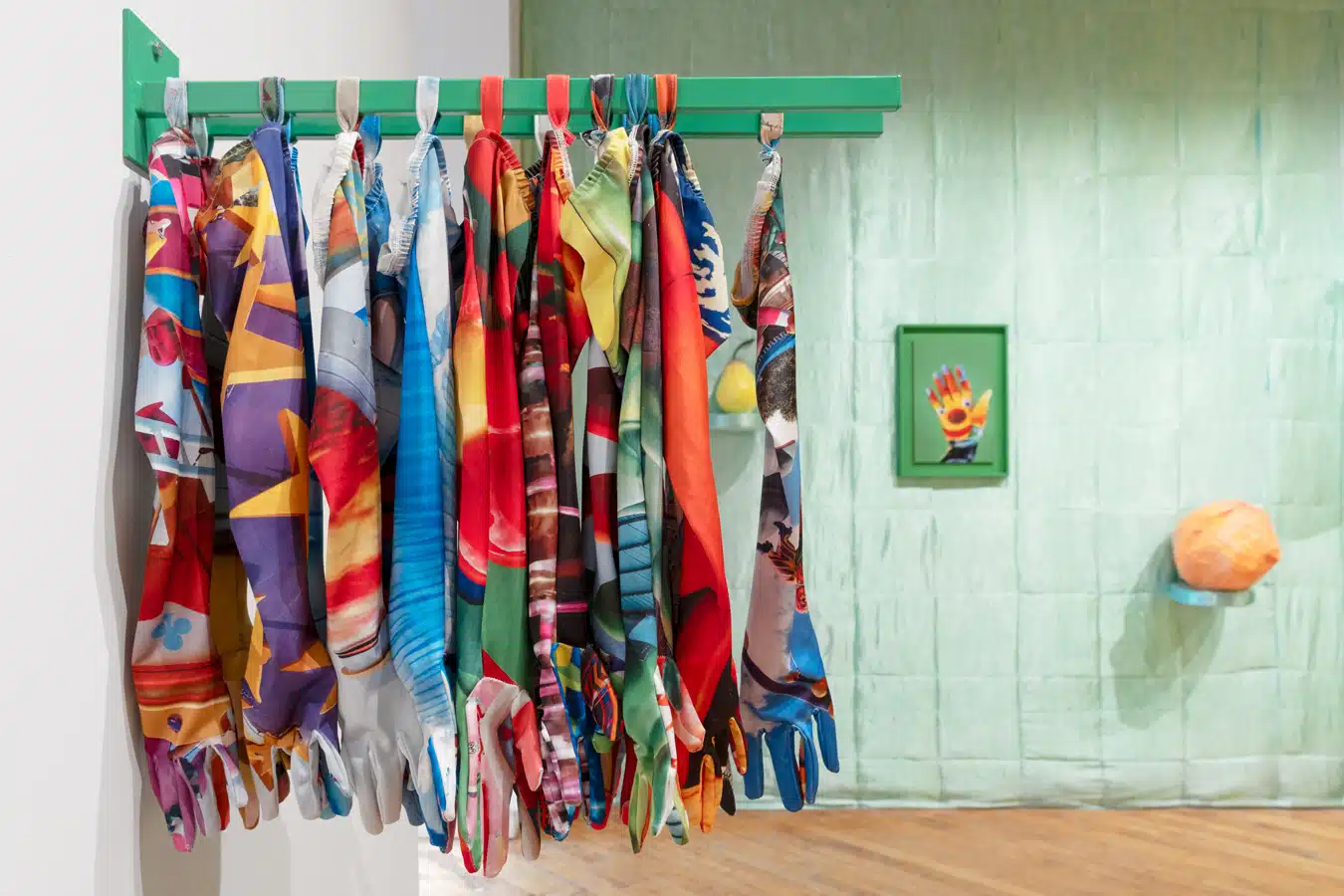
How are exhibitions at Gallery 44 granted?
Exhibitions work in a couple of different streams here at Gallery 44. We have the Main Gallery and Vitrines, which are programmed by our Curator of Exhibitions, and these can be both solo or group exhibitions.
We also do an annual open call for submissions for our emerging artist show called ‘Proof’. We just celebrated 30 years of Proof in 2024. That show is programmed by a jury following a national call for submissions. We receive submissions from lots of recent graduates, or really anyone who identifies as being in the early stages of their career. We typically bring like 3 to 5 artists together for that annual exhibition every year.
We also do a lot of partnership programming in our main galleries, so we often work with partners like Contact Photography Festival, Images Festival as well as the Imaginative Festival.
We have two member-specific exhibition spaces—our Members and Production Galleries, which are smaller project spaces that are programed annually. Members respond to a call by proposing projects, bodies of work, either as solo exhibitions or as group shows.
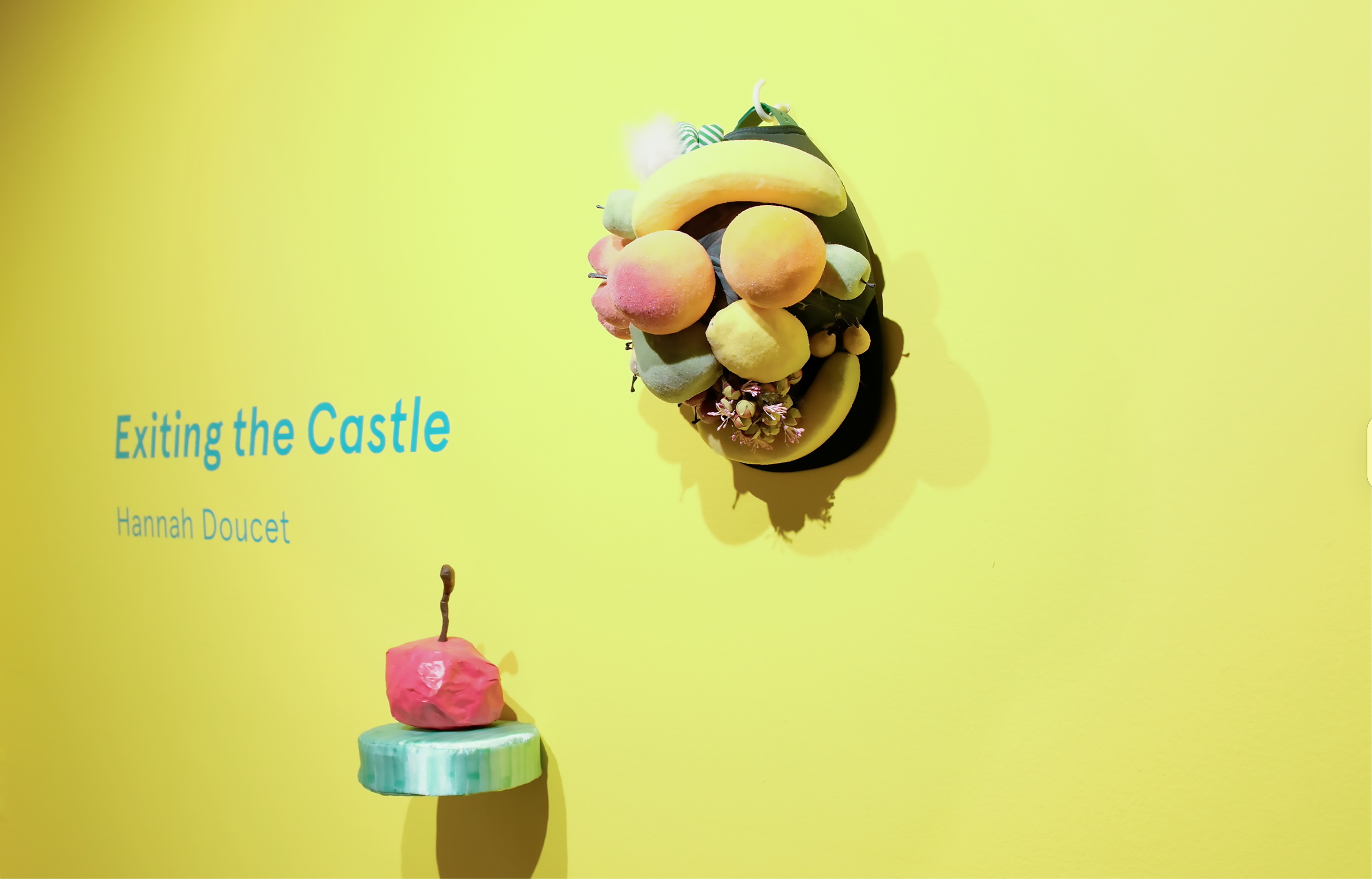
Tell us about the current exhibition
The current exhibition on view at Gallery 44 is Exiting the Castle, which is a solo show by a Toronto based artist, Hannah Doucet. It’s a sprawling, maximalist, colorful exhibition that spans a number of different material practices but tethered by photography and by video.
Through the exhibition Hannah tells a personal narrative of her experience as a child, having received a wish trip to Disney World following a couple of years of treatment for lymphoma. She and her family traveled to Give Kids the World Village, a non-profit resort that hosts wish kids during their wish trips to Disney World in Florida.
She points to a sense of artifice, a kind of construction, to the amusement park, beyond the rides and decoration and whatnot. Hannah returned to the idea of this trip a number of years later to sort of look back, thinking through personal memory and experience, but also really probing the artifice of that place. In this way the exhibition asks complex questions around capitalism and corporate philanthropy and what it means to have a wish granted as a child facing adversity, and how this kind of radical act of making a wish can be co-opted for other purposes.
There’s a 30-minute film in the show. It’s a sort of essay film that sees Hannah dive into questions around the identity-forming experience of having this trip as a child and then revisiting that place later as an adult, and how to kind of reconcile the memories with who she is today, who she was then, and how she remembers that experience.
The film itself is sort of the anchor point of the show. Many of the other objects and photographs in the exhibition appear in the film or are drawn from the film. Collectively they create this really joyful, interesting, bright experience that’s layered with complex emotion and critical questioning.
There are a lot of persistent images and symbols throughout the show, for example, the cut-out stars that appear on screen and then repeat in the space of the gallery. Or this silk-like wallpaper, which is essentially an image printed on fabric. To create this, Hannah used a marker on paper, then scanned that image, and then printed it on fabric to create this installation. There are gloves in the show that have photos printed on them that are part of the costuming that appears in the film. There’s a lot of symbolism and color, but it’s all very much tethered to her storytelling, and glimpses the many ways that images can manifest across material practices.
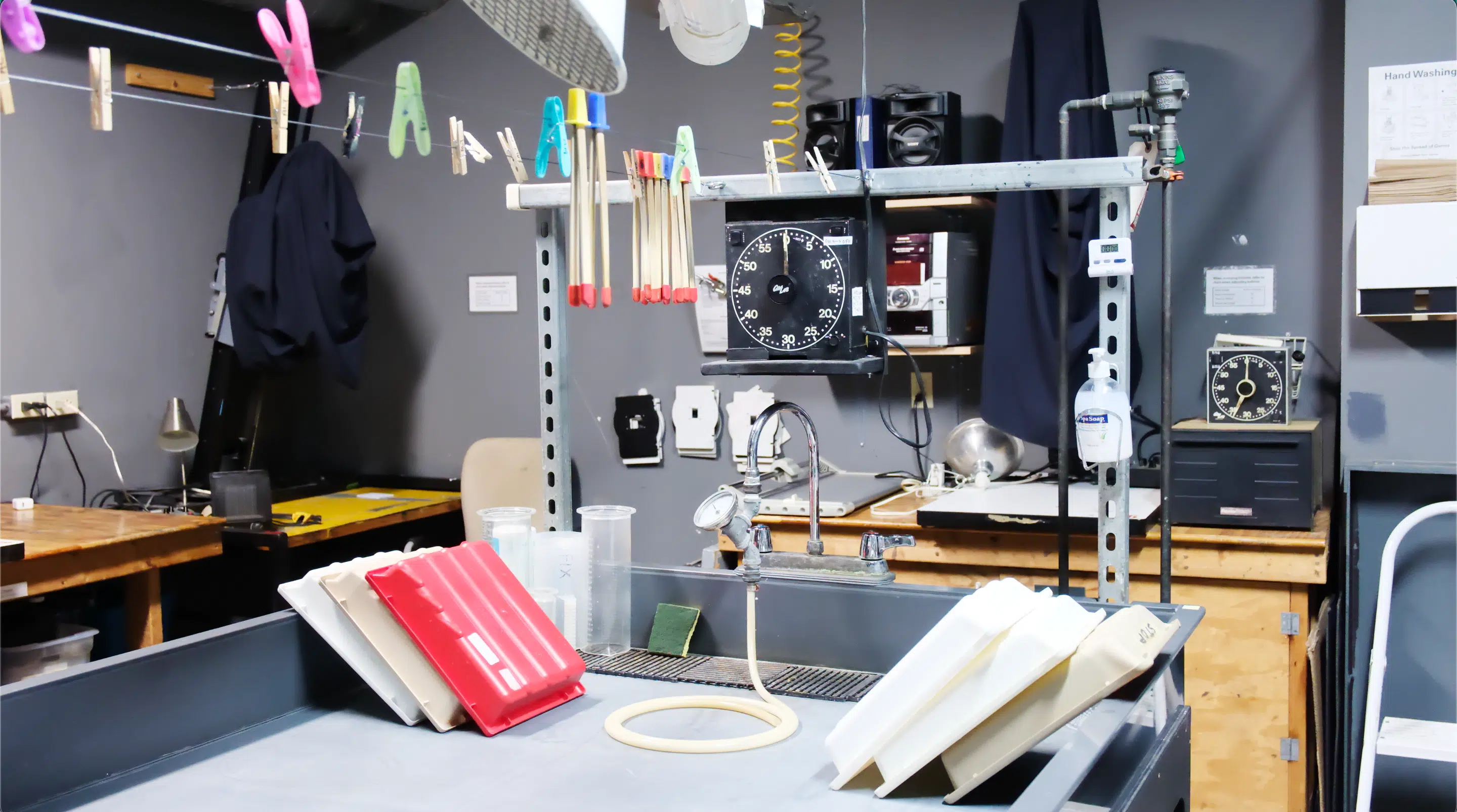
Returning to the centre at large, can you please give us an overview of the studio facilities at Gallery 44, and how have things changed over the past few years?
As technology shifts, the studio facilities at Gallery 44 shift too. We offer a mix of analog and digital photo production facilities. The real anchor point of our facilities is our two wet darkrooms, which are two of the last publicly accessible darkrooms in Toronto. They are also some of our most highly used facilities here. We also have print finishing facilities, a large-format digital printer, digital scanning facilities as well as a shooting studio that members are able to rent, and set up for various artistic shoots.
Though we keep up with a lot of technological advancements, one thing that keeps us super relevant to our members is our investment in preserving older technologies.
Our Imacon scanner is one of our most frequently used pieces of equipment here and it’s 20 years old. So right now one of the great challenges is making sure that we’re able to keep it maintained, to keep it functional, because it’s such an integral piece of equipment for so many photographers’ production workflow and methodology.
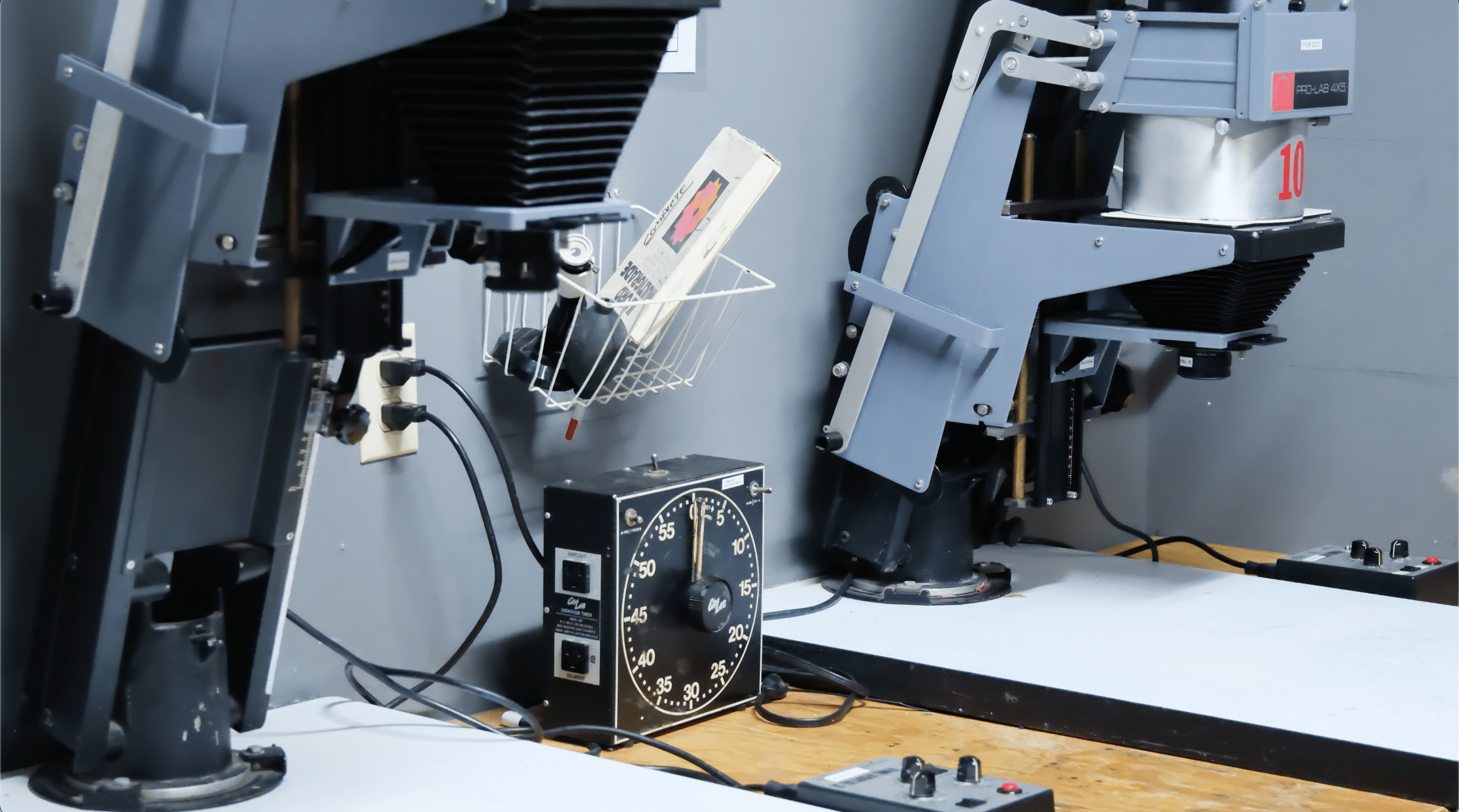
Does the general public have access to your facilities at Gallery 44?
Our facilities are only accessible to our members, which is part of the huge benefits of becoming a member. However, there’s lots of ways for the general public to engage with the facilities, chiefly through our educational programing. We have workshops that are open to members and non-members alike in a broad range of topics.
We also have a community OUTREACH program where we work with a variety of community organizations every year, where we identify different demographics of youth who come to Gallery 44. They receive a fully subsidized workshop to learn all aspects of analog photography from shooting to processing and printing, and eventually have an exhibition of their finished photographs here, in the gallery space.
We also have a darkroom club for teens. It’s a monthly drop in session, where teens are mentored by an artist instructor on everything about darkroom printing and developing projects. In addition to these sessions, we host a summer camp for teens. There are lots of ways for young people to engage, for adult learners to engage, outside of our membership program.
Why are studio memberships like Gallery 44 important in the landscape of the local art scene?
Gallery 44 memberships play a vital role because we do everything in our power to make this an affordable way for people to make art in Toronto, and that’s really important as the city becomes more and more unaffordable and inaccessible to artists.
Having a shared, cooperative working space is a great benefit to the community because it allows for more accessible artistic production. Being able to work alongside other artists to collaborate, learn from each other—that’s at the core of the artist-run centre ethos—and it remains such a foundational principle of our operating model.
Learn more about Gallery 44 through their website or become a member.
Format partners with Gallery 44 to provide their active members with a free year of portfolio support, as well as an ongoing discount of 20% on pro level subscriptions.
Build Your Portfolio With Format
Rated #1 online portfolio builder by artists and makers.
